All About Insurance Drive Monitoring Apps
Everyone would all love to save money on our insurance, and insurance companies often do try to create incentives for good drivers. In recent years, many insurance companies have introduced
Everyone would all love to save money on our insurance, and insurance companies often do try to create incentives for good drivers. In recent years, many insurance companies have introduced
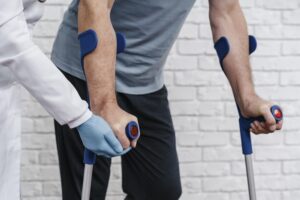
If you or a loved one has been injured in an accident, you’re likely facing a long list of challenges like physical recovery, emotional stress, medical expenses, and financial uncertainty.

Technology is continuously advancing and moving forward, and this helps us progress in all aspects. As AI continues to improve, companies can learn how to use it to their advantage.
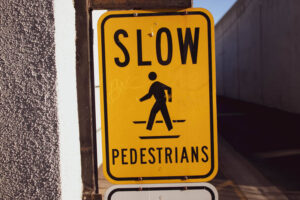
Being hit by a vehicle while walking can turn your world upside down. If you or a loved one has suffered injuries in a pedestrian accident, understanding your rights and
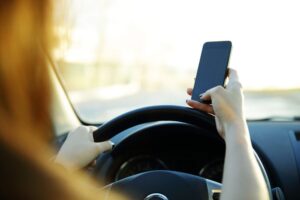
With the prevalence of technological distractions, driving on the road *. If you get into an accident, there’s potential it was caused by one of these distracted drivers. The problem
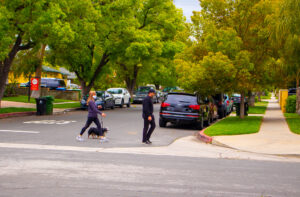
What to Do Immediately After a Pedestrian Accident in Provo Hit by a vehicle in Provo? This guide explains what to do immediately after a pedestrian accident to protect your

Unfortunately, traumatic events, like car accidents and dog bites, happen every day. They can’t be escaped, and since we often have our children with us, they are involved in these
When we talk about car accidents, we often just think of the ones that happen as we are driving on the road. We fail to remember the one place where

Buying a new car can be a stressful experience, for both experienced and first time buyers. Not only can it be a big expense, but it is a commitment as

Photo Credit: UtahCity.com Deep in the heart of Vineyard, there has been a large open dirt field. What used to be the U.S. Steel Geneva Works is now being converted
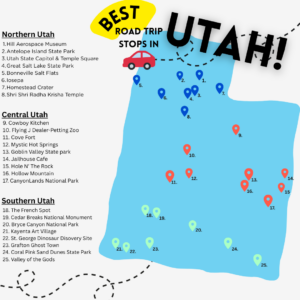
Summer is coming up, and, with it, families are going to be planning vacations to take with their kids. College students are traveling across the country to visit family and
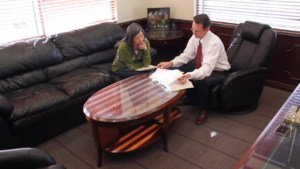
After you have been in an accident or been injured, you will want to set up an appointment with an attorney. If you have not been to a consultation with
UTAH INJURY LAWYERS
Flickinger • Boulton
• Robson • Weeks
PROVO OFFICE
3000 N University Ave
Suite 300
Provo, UT 84604
SOUTH JORDAN OFFICE
10393 S. Temple Dr.
Suite 103
South Jordan, Utah 84095
OFFICE HOURS
Monday- Friday: 8AM-5PM
Saturday-Sunday: Closed
*Disclaimer: the information provided by this website is for informational purposes only and should not be considered legal advice or a substitute for competent legal counsel.
**SMS consent and contact phone numbers will not be shared or sold to third parties or their affiliates for any purpose.
© 2025 All Rights Reserved.